1954: Alcatraz – Interview with Gene Mocsy, Designer and Writer
by Edward
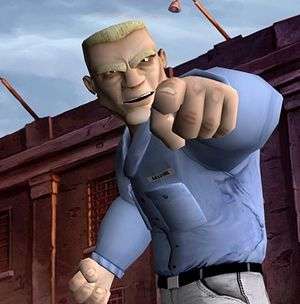 Veering off the path from their lighter, more humourous fare, adventure developers Daedalic have taken a walk on the dark side in a more overt manner than before, with the upcoming 1954: Alcatraz. Ed got the chance to sit down with the game’s designer and writer, Gene Mocsy to find out more.
Veering off the path from their lighter, more humourous fare, adventure developers Daedalic have taken a walk on the dark side in a more overt manner than before, with the upcoming 1954: Alcatraz. Ed got the chance to sit down with the game’s designer and writer, Gene Mocsy to find out more.
When did you first have the idea for 1954: Alcatraz? Were there any specific influences that triggered it?
My father sat me down when I was a kid and told me how he had escaped from a prison camp when he was nineteen. I got pretty obsessed with escape stories after that. I remember flowcharting an escape from Alcatraz in algebra class in junior high; I did a multiple-route story with a lot of dead ends. I think it shocked the teacher. Other kids were flowcharting things like how to make peanut butter and jelly sandwiches.
When I got a chance to design my own game, after working on the adventures “A Vampyre Story” and “Ghost Pirates” at Autumn Moon Entertainment, I picked Alcatraz. I’m lucky no one made an adventure game about it before. The whole island is one giant puzzle with a bunch of little ones along the way. It was designed by top prison architects. No one ever escaped… until now.
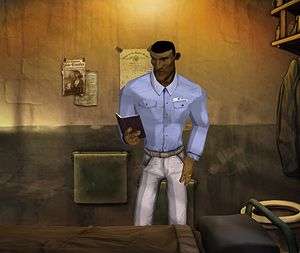 Considering that Alcatraz was open for decades, what about the fifties particularly made it the perfect time to set your adventure?
Considering that Alcatraz was open for decades, what about the fifties particularly made it the perfect time to set your adventure?
I liked the Beat Era in San Francisco – the crazy writers, poets, painters, and musicians. I picked 1954 because it was just before the world found out about “On the Road” and “Howl”, and then the secret was out. It was a fun and vivid scene. Games haven’t covered it before. It was easy to research because I’m in the area, and the iconic places are still standing: the coffeehouses, the bookstore, the Italian restaurants, the nightclubs. And the Beats all wrote autobiographical novels about each other and North Beach (the Beat neighborhood), so I had plenty of juicy details to steal.
One of the things I love so much about the game is that it’s probably the only point and click I can think of where puzzles have multiple solutions. Was it a massive hurdle providing players so much freedom?
Glad you like it! Multiple solutions are something I always want when I play games – that and an overhead map. I made sure those were in my game. It was a bit of a hassle, but I scripted the original game myself, so it was just a matter of my time. When Daedalic bought the game and re-ported it to their engine, they created an enormous flowchart of all the possibilities – that was when I realised the headache I’d caused everyone! It’s all for the player. I want you to keep moving ahead and not waste time guessing what the designer intended.
Even in the early stages you could speak to your wife by negotiating with inmates, rather than using items; will you always be able to rely on your silver tongue?
It’s going to get a lot harder for Joe. People aren’t that easy to convince on Alcatraz; he’s going to get into some difficult conversations, and they probably won’t end well. But his wife, Christine – she talks to everyone in North Beach. She has the gift of persuasion; she is clever and observant, and some of her most dramatic moments happen in conversation.
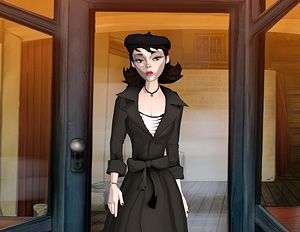 When we used the glass shiv on the telephone line you teased me with “I hope that doesn’t come back to haunt us later”; will certain quest-lines become harder depending on your earlier actions?
When we used the glass shiv on the telephone line you teased me with “I hope that doesn’t come back to haunt us later”; will certain quest-lines become harder depending on your earlier actions?
Certain quest-lines get even more exciting and tension-filled, I’ll put it that way. Don’t worry about making wrong choices – you’re escaping from Alcatraz, there’s no time to second-guess yourself. Just go.
With multiple endings at play, will it be a case of having more than one way to achieve the best ending, or will you be unable to get there if you make too many mistakes?
I really don’t know which ending is better. You see different locations, that’s all. The branch happens naturally near the end, so you won’t feel like you lost with a “bad” ending. You’ll probably see the original ending I intended. All I did was add another finale if you play a nearly perfect game; you probably won’t get there on your first try, but again, you’ll get a great ending, no matter what.
I’m assuming that because you have different ways to solve puzzles and multiple endings that many players (myself included) will want to play it through more than once; will there be hidden bonuses or incentives to go through another time?
There are a couple of twists and locations you’ll probably miss the first time – that might be an incentive, if you like the world. We don’t have any plans for Steam achievements or director’s audio or things like that, but it would be fun, wouldn’t it? Let’s bug Daedalic and see if we can talk them into it.
As there’s non-linear progression, you could feasibly do all of Christine’s plot-line before you even touched Joe’s again. Have you discovered any weird trends with how testers and people who have been playing it? Are there particular points where it seems like everyone swaps over to the other side, or does everyone end up tackling it in their own way?
That is an interesting issue. For those of you who didn’t hear my pitch at E3, you can switch characters at any time. Joe is the convict on the island, and Christine is his wife on the outside, in North Beach. Testers were staying with Christine when she got off the ferry from Alcatraz. Players got into a flow and didn’t want to go back to prison. And who would, really? It’s a grim place. So we cooked up spots where we really strongly encourage you to switch back and forth. It adds some unique gameplay, to have dependencies between husband and wife. That was something Poki suggested when I showed the game in Hamburg.
 |
 |
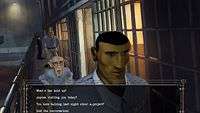 |
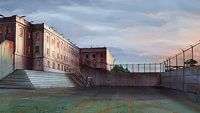 |
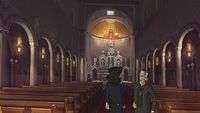 |
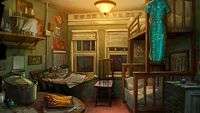 |
It’s an incredibly ambitious point and click – were there any mechanics or set-pieces you wanted to keep in but couldn’t without delaying the game further or muddying its scope?
Sure, I would have liked to construct disguises for Joe from things you steal. I would have liked Uncharted-style action sequences during the fights and the escape. At one point I tried to script a day/night cycle for the game, but that required too many backgrounds. It’s like that on any game. I’ll save the ideas for a sequel. ![]()
 Considering the massive amount of gameplay and different things at play in 1954 Alcatraz – especially seeing as it took you two years to finish writing the script – do you ever find yourself completely rediscovering parts of the game or the story you don’t remember writing?
Considering the massive amount of gameplay and different things at play in 1954 Alcatraz – especially seeing as it took you two years to finish writing the script – do you ever find yourself completely rediscovering parts of the game or the story you don’t remember writing?
I do, I find parts that I wrote but never had time to script. Daedalic has a great team who went back to my original design documents and are enhancing lots of scenes and sending cryptic requests for new dialog. I’ll get a build and suddenly be stumped by my own game until I realise it’s a three-step puzzle instead of one-step, like I remember. I’ll probably never make it to the “good” ending. I’ll have to watch it on YouTube.
There’s a lot of historical accuracy at play and you spent a long time having to research it all; how much did what you discover help shape the puzzle and story design?
It shaped everything. I went to Alcatraz several times and walked in the Yard and sat in the Mess Hall and studied the Infirmary, and thought, “What could Joe do here? What could he steal? Who else would be here?” I studied every escape attempt, and picked the best parts for this adventure. In North Beach I took my laptop to the cafe and the bookstore that inspired parts of the game, and wrote dialog right there. Real life is a good game designer. I don’t have to make a lot of stuff up in San Francisco. It’s full of adventure.
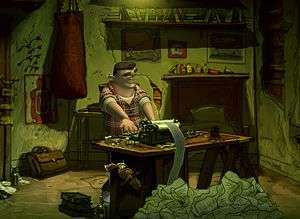 Were there many cases where it was the other way around, and you had to ignore something you discovered and researched to make the game easier or more fun to play?
Were there many cases where it was the other way around, and you had to ignore something you discovered and researched to make the game easier or more fun to play?
I tried to cut the tedious parts. I don’t show all the roll calls and meals on Alcatraz- we see one at the start, and then I drop it. A lot of being in prison is trying not to go mad with boredom. I don’t think people want to play that. More convicts and Beats would have been fun, but I had to cut them for budget reasons. And maybe they would have bogged down things with so many fascinating conversations.
1954 wasn’t the most equalitarian society around; how much of a challenge was it to include LGBT characters (namely the prisoner transvestite and the gay couple) and focus the action on an interracial couple without having the prejudice of society in that time, or their personalities, become exploitative or too moralistic?
Hopefully it’s just straightforward. There’s a lot of diversity in San Francisco, and there always has been, so it’s appropriate to the location. The game engine doesn’t know the difference. Prejudice is in the game, but it’s not headlined. Hopefully this isn’t a cop-out, but I figured everyone in the Beat scene would be cool about it. Half the Beats were gay or bi-, so having a gay poet couple is normal. And everyone knows Joe and Christine, so their marriage is no big deal. There is a racist cop in North Beach, and a convict and guard on Alcatraz who cause trouble, so issues come up, but it’s just another thing grinding Joe down.
Regarding Chiquita, our transgender character, she’s part of prison culture. I tried not to make her story exploitative. She’s certainly more interesting than another dumb guy in the laundry. She’s thoughtful and resourceful and important to Joe’s escape. It’s nice to get a pretty face into the prison.
You teased that Christine could go on an optional quest to find out if Joe ever cheated on her; are there any other circumstances where side-stories will present themselves and the player can choose not to complete them?
I didn’t realise I was such a tease. I think it was the red couch. Yes, there are a couple of side-stories – one including someone’s death – but you can avoid them all. It’s up to you to decide how far to investigate. Christine may find out more than she intended about her husband… and it’s completely up to the player how she deals with it.
 You’ve been working on this title alongside Daedalic Entertainment; have they had a particularly big role in helping its development, or were they there more to help put the finishing touches on it?
You’ve been working on this title alongside Daedalic Entertainment; have they had a particularly big role in helping its development, or were they there more to help put the finishing touches on it?
Oh, they were crucial to development. They got me great 3D characters, they hired a real orchestra for our composer, Pedro Macedo Camacho, and they paid for dialog recording at the famous adventure game studio, Bay Area Sound. And now Daedalic is porting the game to their Unity-based engine, which is stable and opens up platform possibilities. They’ve repainted the backgrounds and UI to match their house style. It would have been a cheap short buggy little game without them.
Considering how much darker it is than their previous fare – especially considering all the brutal murdering you can do (even if it does end up in an early game over) – was there ever any content they wanted you to tone down, lighten up or remove entirely?
Daedalic games can get pretty dark, actually. There were a couple of small details they asked me to tone down: I had one line of dialog about someone “fucking sailors in the bushes”, and there was another character’s evil secret that changed, probably for the better. I would have liked some nude scenes, like in the Alcatraz showers or at a wild Beat party, but we couldn’t afford more 3D characters. That was a budget issue, actually – Germans are cool about nudity. Other than that? Not much. They knew the story. I told them it was like a Coen brothers movie – quirky characters, amusing dialog, and then horrible violence. They liked it.
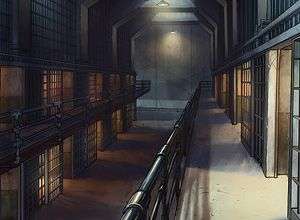 In his Daedalic games, Poki’s known to sneak himself in, as either the narrator singing between acts or as an inmate in the mental asylum having gone crazy trying to make a videogame. Have you snuck yourself in as a prisoner or some kind of free-thinking bohemian skulking around the streets of San Francisco?
In his Daedalic games, Poki’s known to sneak himself in, as either the narrator singing between acts or as an inmate in the mental asylum having gone crazy trying to make a videogame. Have you snuck yourself in as a prisoner or some kind of free-thinking bohemian skulking around the streets of San Francisco?
I’m not as interesting as Poki. I spoke a couple of lines as a background guard – you may hear him in the Infirmary. Oh, and I think I’m a guy outside a jazz club. I would like to do some mocap in the future, if I can figure out how to do it cheaply – maybe with Kinect. Then you’ll see me all over the place. Everyone will be me!
After four years of development, are you going to be glad to see the back of it, or are you already hard at work thinking of your next idea?
A bit of both. I want to see everyone’s reactions. All my voice actors are bugging me about the release date. I have plenty of ideas for more games, but maybe I’ll go small next time. I’m not sure how many four-year chunks I have left in my life.
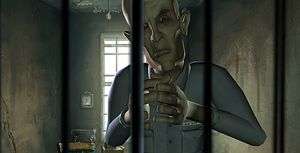 When can we expect to see it released?
When can we expect to see it released?
The Daedalic website will have the latest information. Let’s both keep an eye on it:
Are there any plans for iOS or non-PC platforms?
No plans yet, but it is a Unity-based engine, so there’s a possibility. I certainly hope so.
Maybe throw the Wii U a bone?
I… I don’t think Unity can do that yet.
Pretty please?
Gaming Lives, I wish I could make you happy.
Last five articles by Edward
- Best of 2015: Journey's End: A New Beginning
- Journey's End: A New Beginning
- You Can't Choose Your Happy Ending
- Okay, Let's Fix Comedy In Games - The V-Effekt
- Time Keeps On Smashing Away
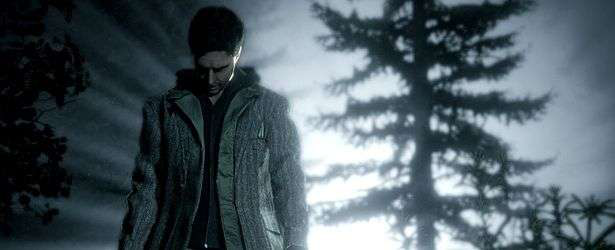

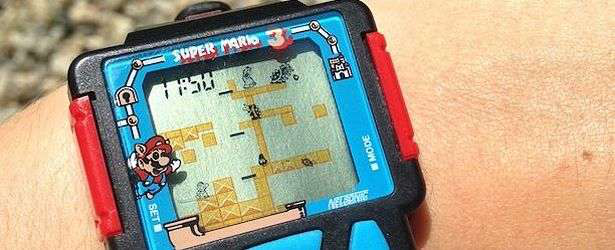












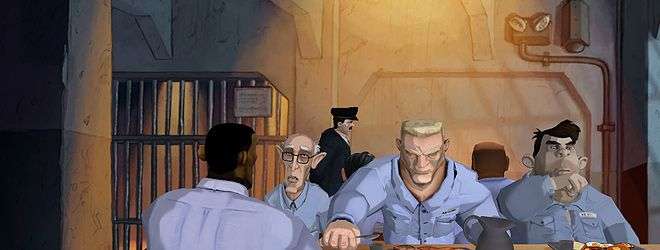
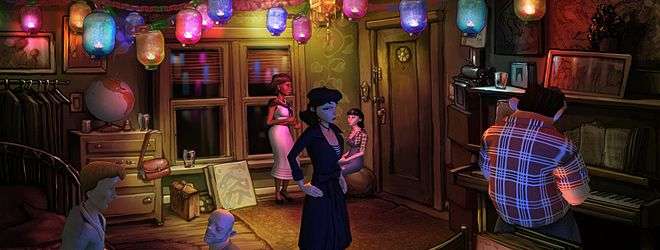





There are no comments, yet.
Why don’t you be the first? Come on, you know you want to!